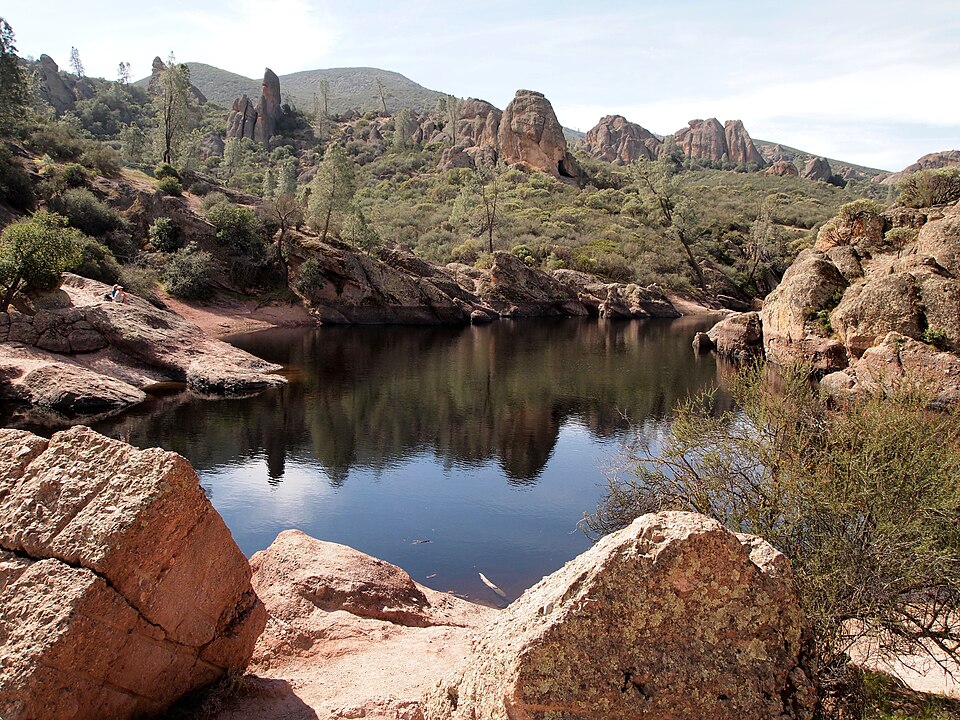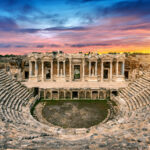Quick Bits:
Pinnacles National Park rests in central California. It’s carved from fire and time. This park is small, but its presence is mighty. Its landscape speaks in stone. Ancient volcanic eruptions shaped these rugged rock spires. Wind and water added their touch over millions of years. The result is a maze of cliffs, canyons, and caves.
This park is not famous like others in California. Still, it offers raw beauty and a surprising range of things to do. Pinnacles is one of the newer national parks. It gained that status in 2013. Before that, it was a national monument. Now, it wears its full park title with pride.
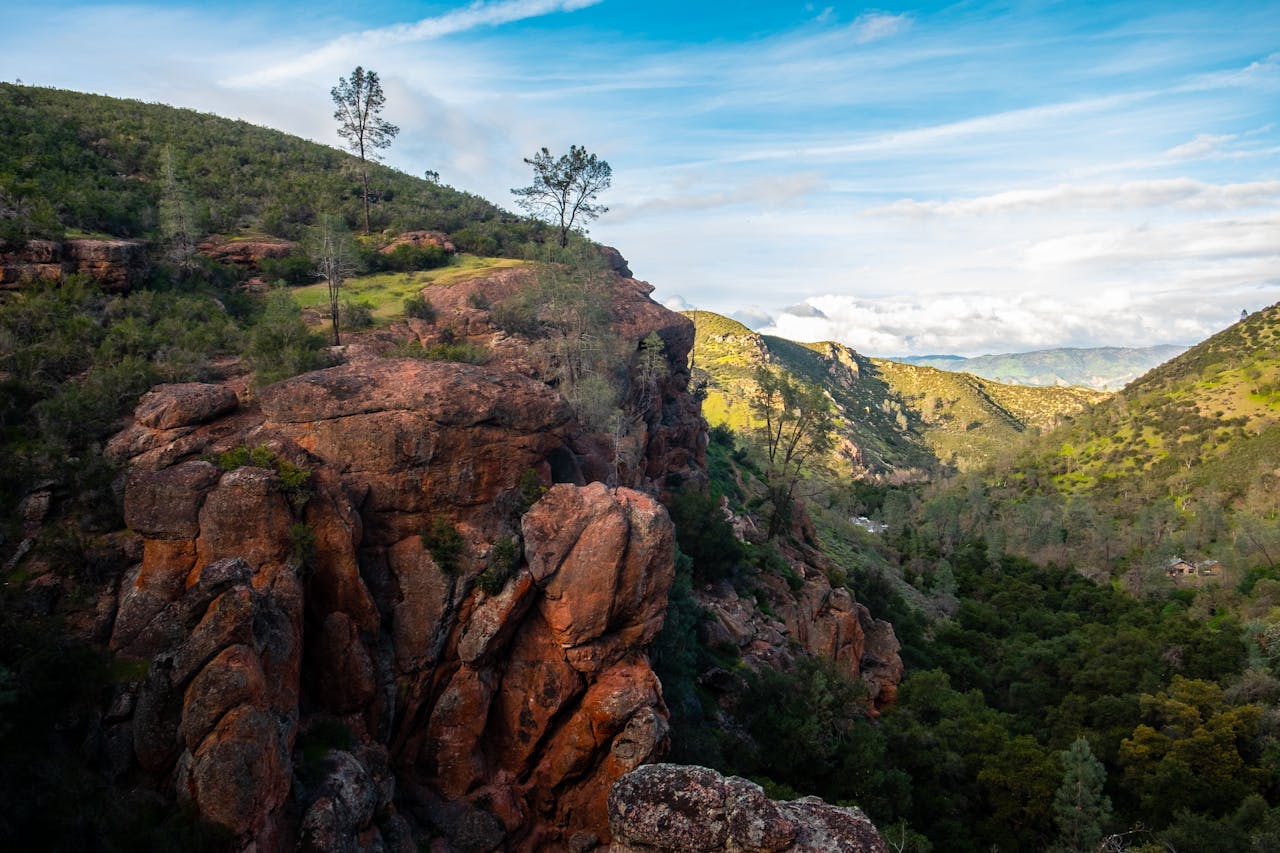
Image by: Mo Eid– Via Pexels
Key Highlights
- Home to endangered California condors
-
Talus caves perfect for exploring
-
Volcanic spires for climbers and hikers
-
Spring wildflower blooms across the park
-
Great stargazing due to low light pollution
-
Separate east and west entrances (no road through)
-
Over 30 miles of hiking trails
-
Dark lava flows and golden grasses create a surreal landscape.
General Information
Established: 2013
Location: San Benito and Monterey counties, California
Size: About 26,000 acres
Elevation: Ranges from 824 to 3,304 feet
Operated by: National Park Service
Closest City: Soledad, CA (West Entrance), Hollister, CA (East Entrance)
Park Hours: Open daily, year-round
Entrance Fees: $30 per vehicle (valid for 7 days)
This national park preserves more than geology. It shelters rare species. It tells a story of collision, uplift, and erosion. Despite its compact size, the park draws thousands. They come for solitude, adventure, and the rare chance to walk among fire-born formations.
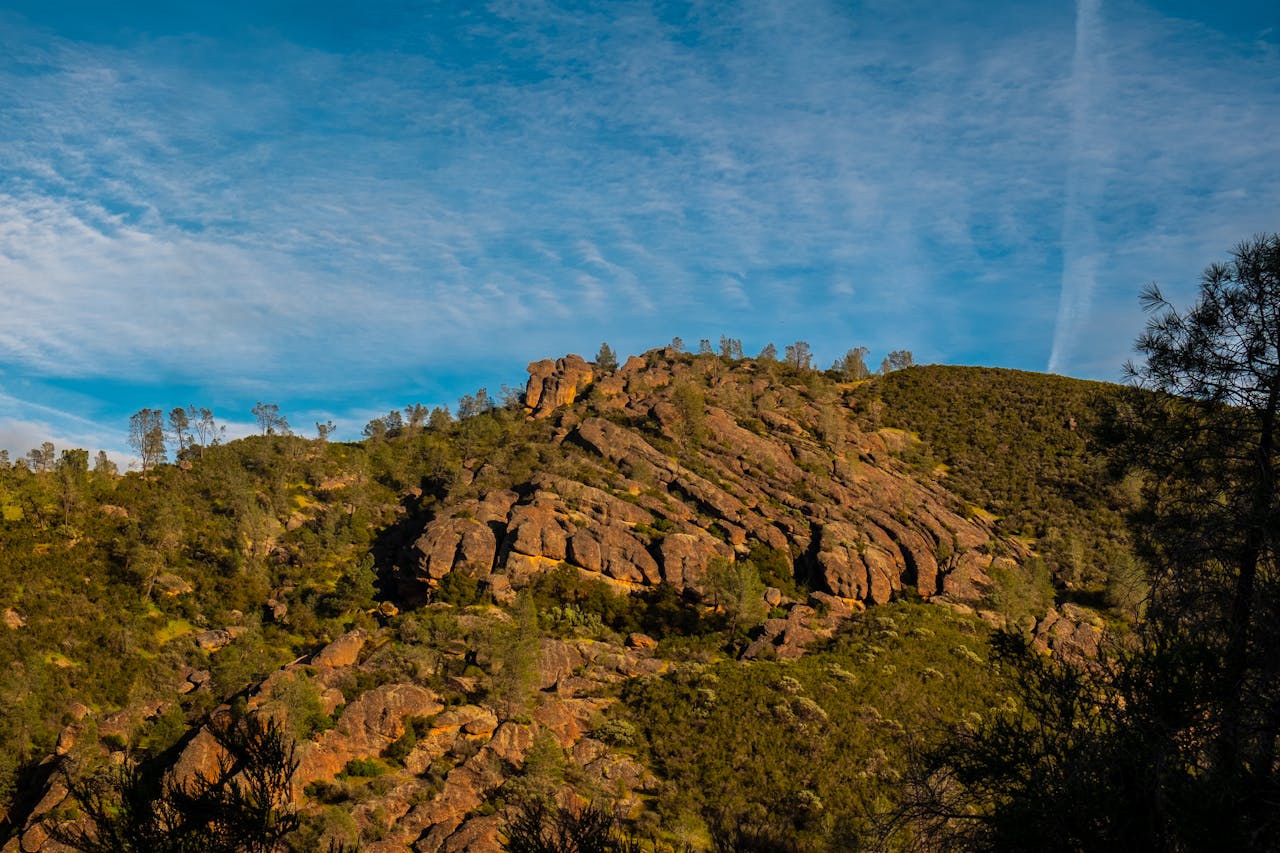
Image by: Mo Eid– Via Pexels
Geography Information
Pinnacles sits atop the remnants of an ancient volcano. It formed over 23 million years ago. The San Andreas Fault split the volcano in half. One piece moved north. It now rests 195 miles away. The other remained behind. That’s what we now call Pinnacles.
This slow tectonic journey created a strange topography. Jagged spires rise out of chaparral hills. Lava flows frozen in time cling to cliffsides. Canyons cut deep into the earth. Caves formed when boulders collapsed into streambeds. This collision of earth’s forces created a playground for both humans and wildlife.
The park features:
-
Steep canyons
-
Tall volcanic monoliths
-
Rolling chaparral hills
-
Oak woodlands and grassy meadows
-
Seasonal creeks and springs
The terrain is demanding. Hiking paths snake through sharp ridges and shadowy caverns. It feels untouched. Yet, it’s remarkably accessible.

Image by: Steve Ryan- Via Wikipedia
Places to Visit
Bear Gulch Caves
Dark, cool, and damp. These talus caves are formed from fallen boulders. Home to Townsend’s big-eared bats. Seasonal closures protect these rare creatures. Bring a flashlight and tread carefully.
High Peaks Trail
The crown jewel of Pinnacles. This loop gives panoramic views. Narrow paths cling to cliffs. Iron handrails guide the way. Condors often glide above. Not for those afraid of heights.
Balconies Cave
On the west side of the park. Less steep than Bear Gulch. Equally rewarding. Explore shadowed tunnels and echoing halls. Flashlights are required.
Condor Gulch Trail
A moderate trail leading to stunning overlooks. Great for spotting condors. Merges with the High Peaks Trail for a longer trek.
Reservoirs
Bear Gulch Reservoir and nearby areas offer calm waters and scenic stops. A peaceful break after a climb or cave visit.
Jawbone Trail
Less crowded. Connects deeper parts of the park. Surrounded by colorful flora in spring. Rolling hills and scrubby vistas.
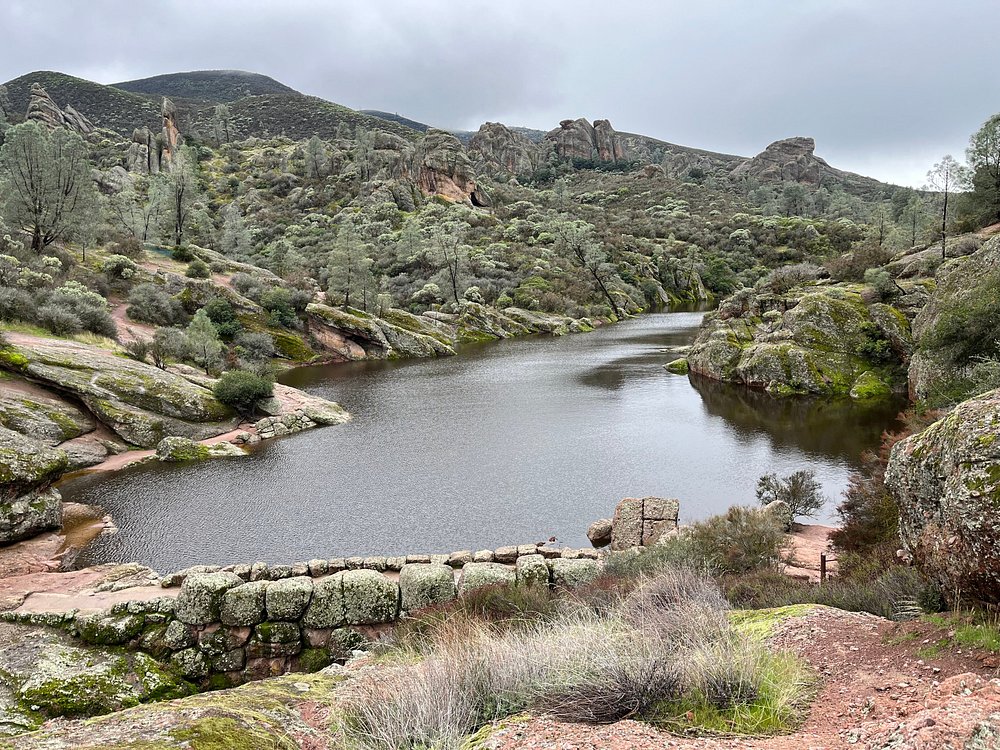
Image by: Ira B – Via Tripadvisor
Yearly Climate
The park experiences a Mediterranean climate. That means hot, dry summers and cool, wet winters. Elevation shifts create local differences. Here’s a season-by-season look:
Spring (March to May)
-
Average temps: 50°F to 80°F
-
Wildflowers bloom in waves
-
Best time for wildlife and hiking
Summer (June to August)
-
Average temps: 80°F to 100°F+
-
Very dry and hot
-
Hiking not recommended after 10 am
-
Limited shade and water
Fall (September to November)
-
Average temps: 60°F to 85°F
-
Golden hues and soft light
-
Quieter trails and campsites
Winter (December to February)
-
Average temps: 30°F to 65°F
-
Occasional rain
-
Mossy greens and trickling streams
-
Cold mornings and evenings
Flash floods are rare but possible in caves after heavy rain. Always check trail and cave conditions before entering.
Best Time of Year to Visit
Mid-March to early May stands out. The weather is mild. Wildflowers blanket the hills. Condors soar. Trails buzz with life. Late fall is another sweet spot. Fewer people, cooler air, and crisp views.
Avoid summer unless you’re prepared for heat. The high peaks reflect sunlight. Shade is scarce. Heat exhaustion is real. Morning hikes are safer. Winters are peaceful, but some trails may close due to wet conditions.
If you plan to explore both east and west sides, expect to drive around the park. No road connects the two entrances through the park.
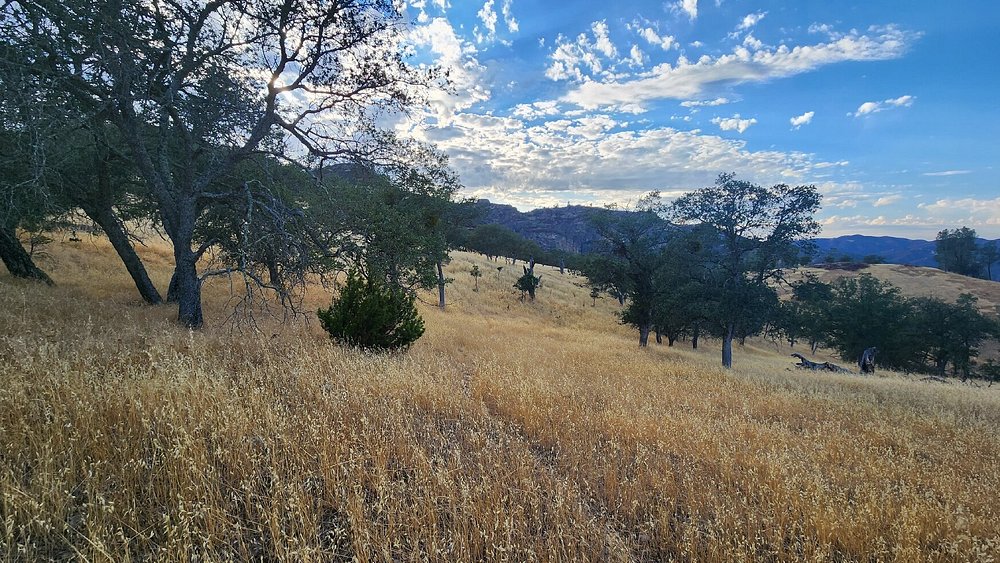
Image by: Scott – Via Tripadvisor
In Summary…
Pinnacles National Park may be young in its title, but ancient in spirit. It’s shaped by forces older than time. Lava, fault lines, and erosion teamed up to create this wild sculpture garden. While Yosemite draws crowds and Sequoia dwarfs visitors, Pinnacles humbles in its own way.
Its cliffs invite climbers. Its caves invite wonder. Its skies carry wings of endangered birds. For those who seek untamed land and silent views, this park answers.
Whether scaling the High Peaks or tracing bat-filled caves, visitors step into a world born of fire and reshaped by patience. A true California gem — rugged, radiant, and real.

